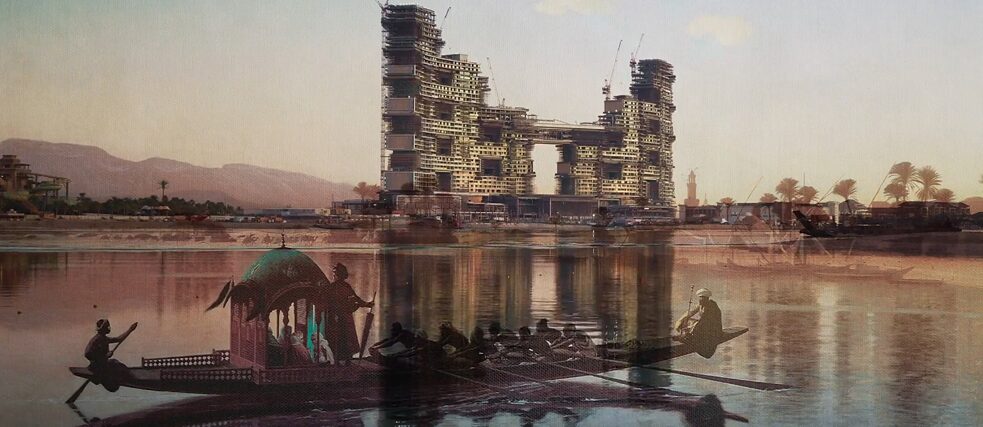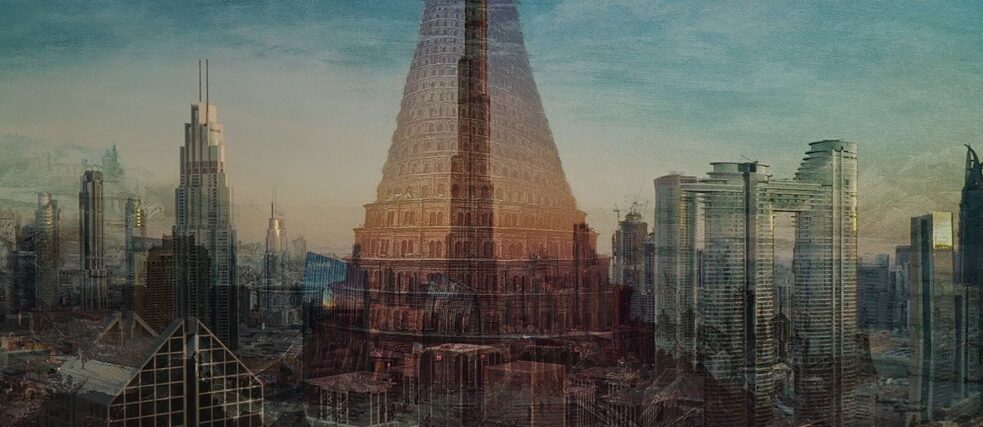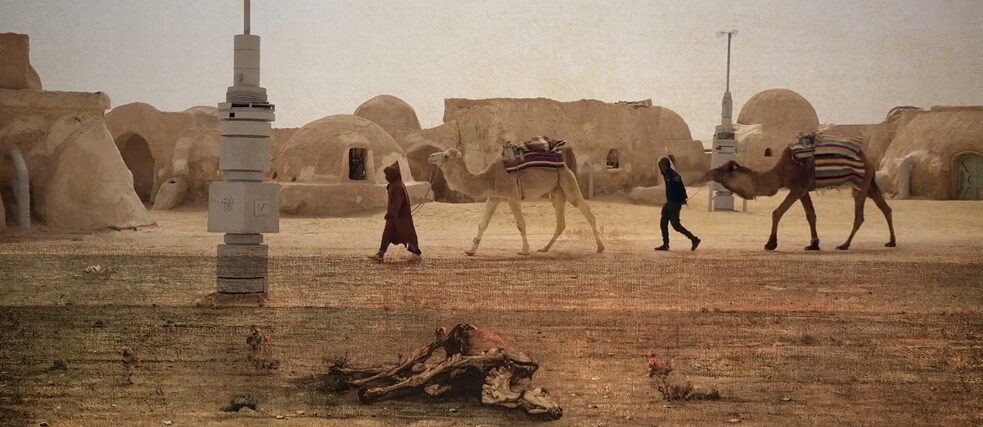Online project “Re-Visiting Orientalism”
Cliché meets reality

In the online exhibition “Re-Visiting Orientalism” of the Goethe-Zentrum Baku orientalist paintings from the 19th century meet current video recordings. For “The Latest at Goethe”, the artist Andréas Lang explains how orientalist imagery has shaped the view of the Middle East, Asia and North Africa to this day.
By Andréas Lang
Since the publication of Edward Said’s seminal book “Orientalism” in 1978, much academic discourse has used the term Orientalism to refer to a generally patronizing Western attitude towards Middle Eastern, Asian and North African societies. In Said’s analysis, the West characterizes these societies as static and underdeveloped – thereby fabricating a view of oriental culture that can be studied, depicted, and reproduced in the service of imperial power. Implicit in this fabrication, writes Said, is the idea that Western society is developed, rational, flexible, and superior.
Orientalist imagery
The orientalist views and distortions are deeply ingrained in western society and continue to be a problem in the western projections on the Middle Eastern, North African and Islamic world. Orientalism became a mental framework for all western hegemonic, colonial endeavours and a way for dominating, restructuring and having authority over the Orient. Video-sequence of the Burj Khalifa, projected on the painting “The Tower of Babel” by Lucas Van Valckenborch. | Collage (detail): © Andréas Lang
Video-sequence of the Burj Khalifa, projected on the painting “The Tower of Babel” by Lucas Van Valckenborch. | Collage (detail): © Andréas Lang
An image outside of history and reality
In the history of art and film, images of mystery, sensual fantasies and projections that are being reproduced and stereotyped, the picture becomes an image outside of history and reality. In film the early works of Georges Méliès up to “Lawrence of Arabia”, “Indiana Jones” and especially in “Star Wars”, the imagery of Orientalism has found an important and all pervasive place. Its the creation of the other, and nowadays this imagery is happily reproduced by the locals and the tourism industry. In Istanbul, for example, there are numerous small photo studios at popular tourist venues where visitors can dress up in historical Ottoman costumes. The painting “Le Sahara” by Gustave Guillaumet meets the abandoned “Star Wars” film set in Tunisia. | Collage (detail): © Andréas Lang
The painting “Le Sahara” by Gustave Guillaumet meets the abandoned “Star Wars” film set in Tunisia. | Collage (detail): © Andréas Lang
A subversive de-construction
In “Re-Visiting Orientalism” I approach the various projections of Orientalism by overlaying historical orientalist paintings with contemporary sceneries, thus opening up a field of interpretation and hinting at geopolitical and social problems as well as political realities. The work becomes a subversive de-construction of the western orientalist perspective by using its aesthetics and creating a palimpsest of the Now and the traditional oriental imaginary.During my research I worked in Baku, Istanbul, Kuwait, Tunisia and Dubai. I traveled to the places in question to produce images. In my most recent projects, the archival and research material became an actual part of the exhibited work. In this project on Orientalism, I decided for the first time to combine those layers and superimpose them in critical compositions. “Re-Visiting Orientalism” was initiated during my stipend residency at Kulturakademie Tarabya in Istanbul in 2018.